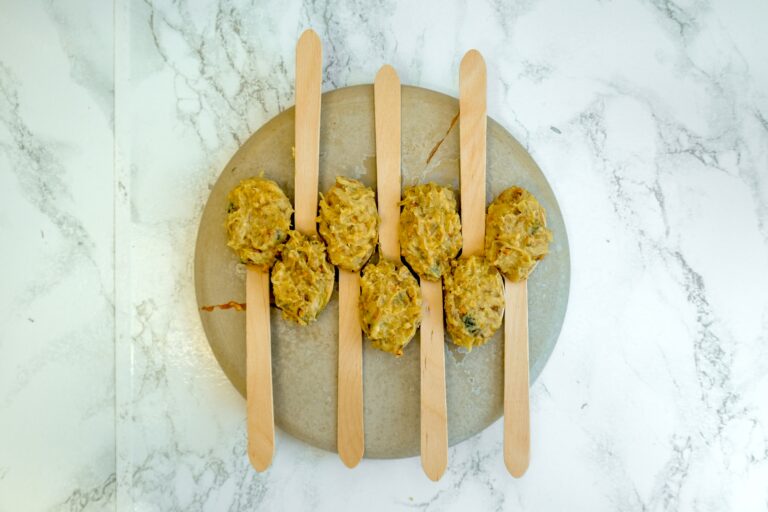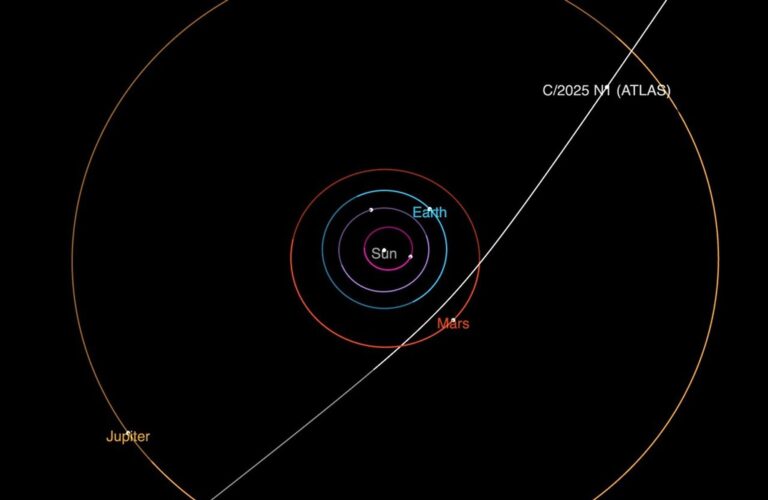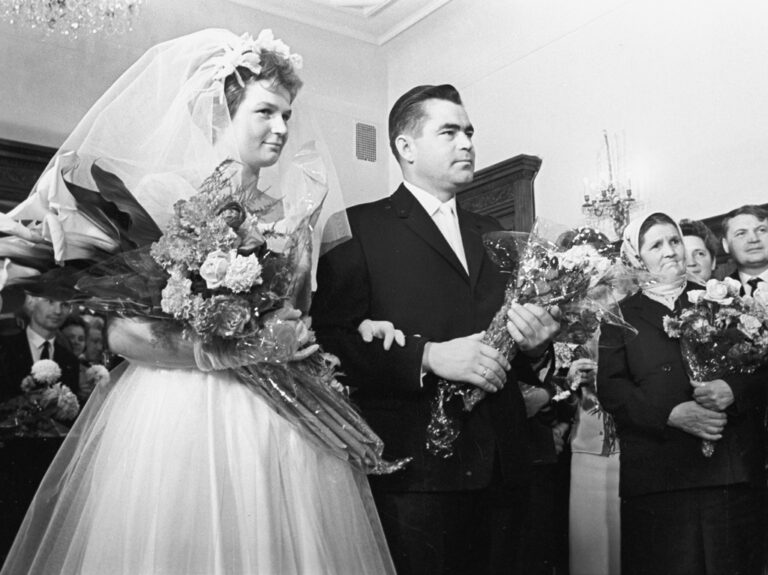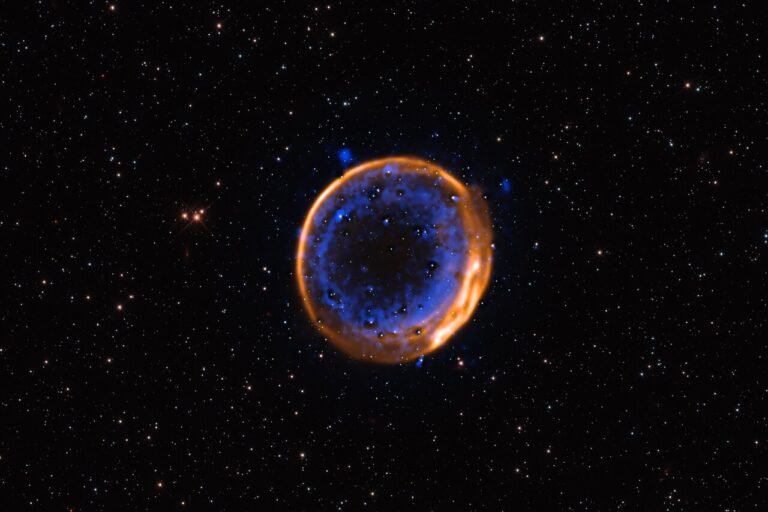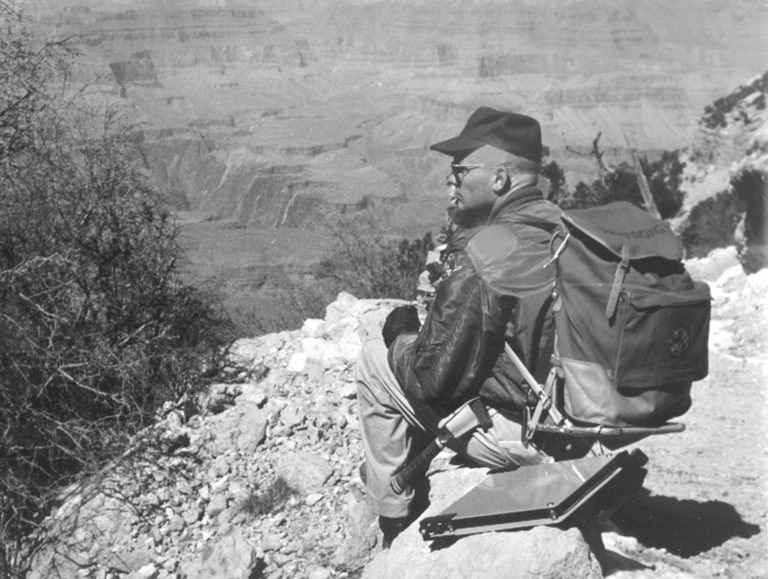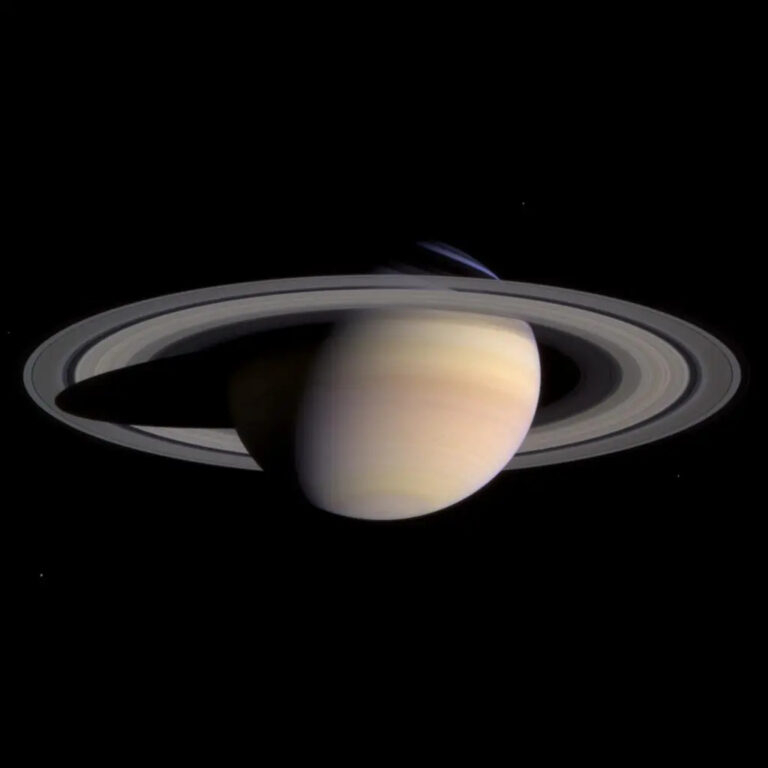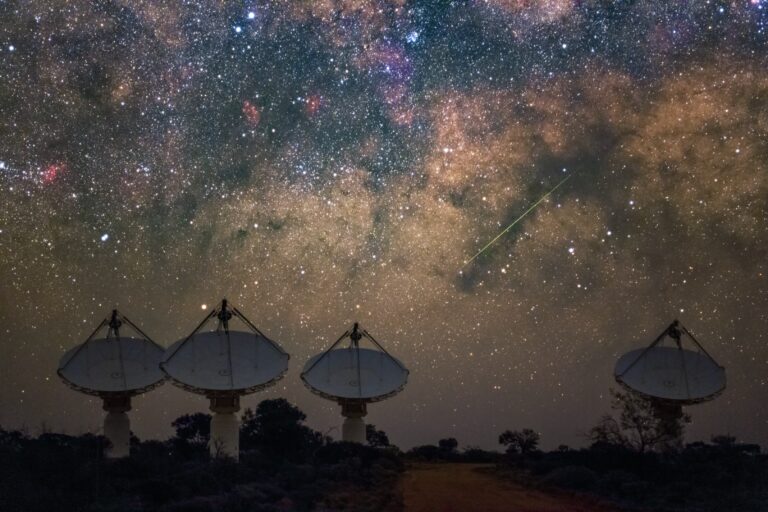Key Takeaways:
The moons’ combined influence keeps the A ring fairly compact. Without them, the ring particles would naturally spread out at that distance from the planet, causing the ring to disappear. Instead, the moons provide gravitational “confinement” to keep the ring in place. As they orbit, the moons maintain resonances (in which one moon completes X number of orbits, while another completes Y) that ensure the A-ring keeps up appearances, which some NASA researchers have compared to the grooves on a vinyl record. In reality, the grooves are actually density waves caused by the moons, as their resonances carve out these neatly delineated features.
As new details emerge, researchers may grow closer to understanding how the rings interact with each other and the planet as well.



